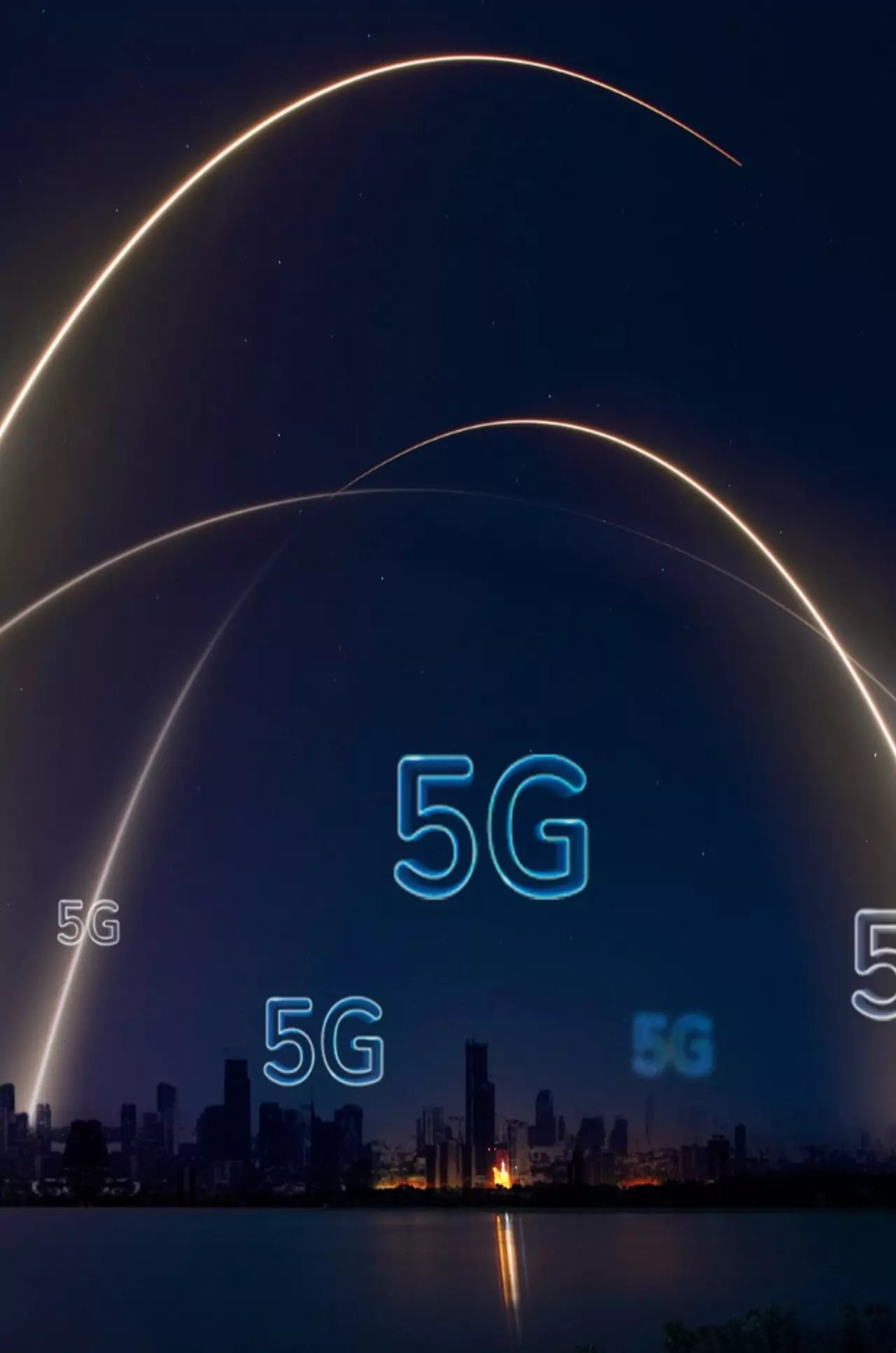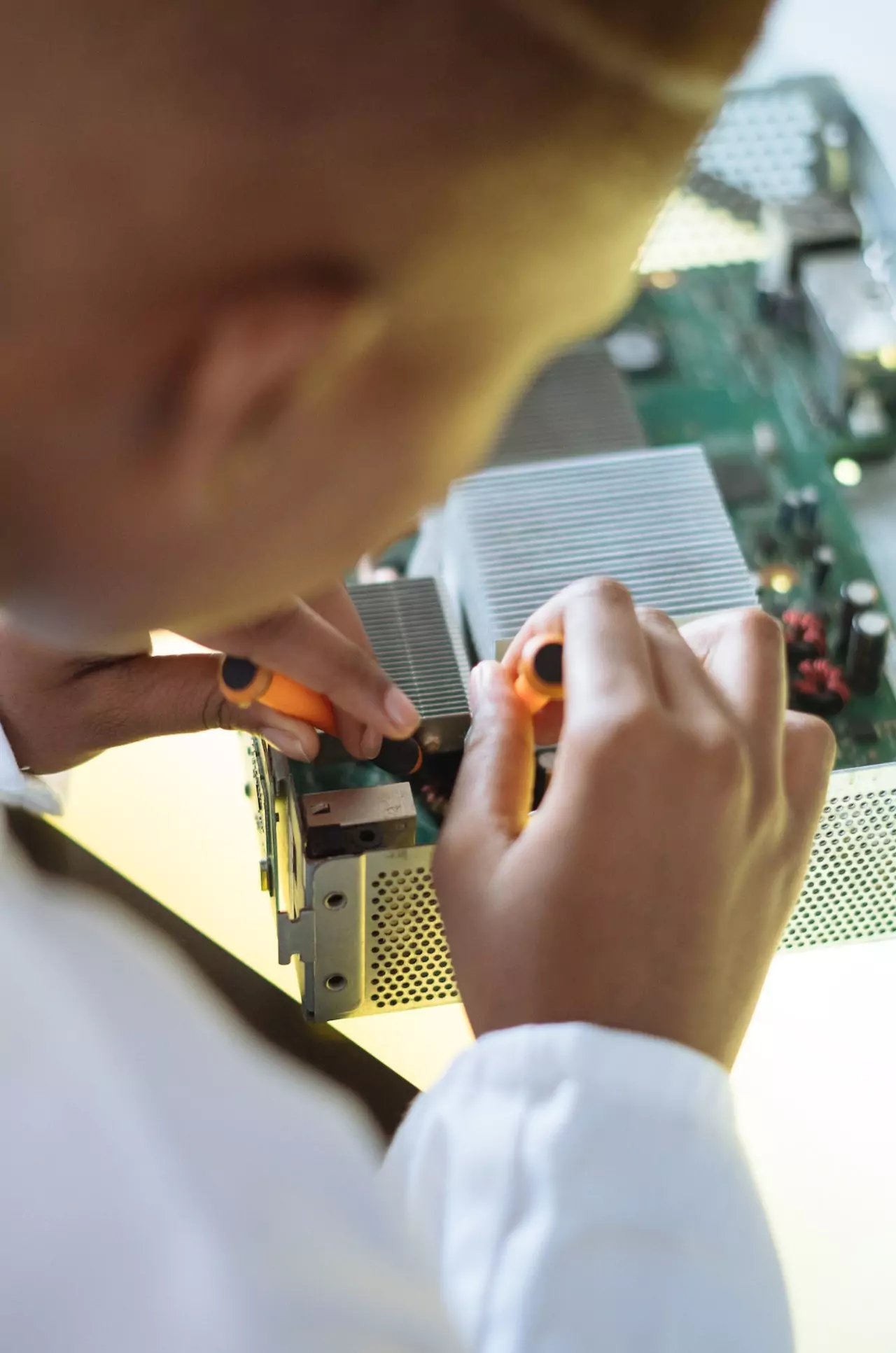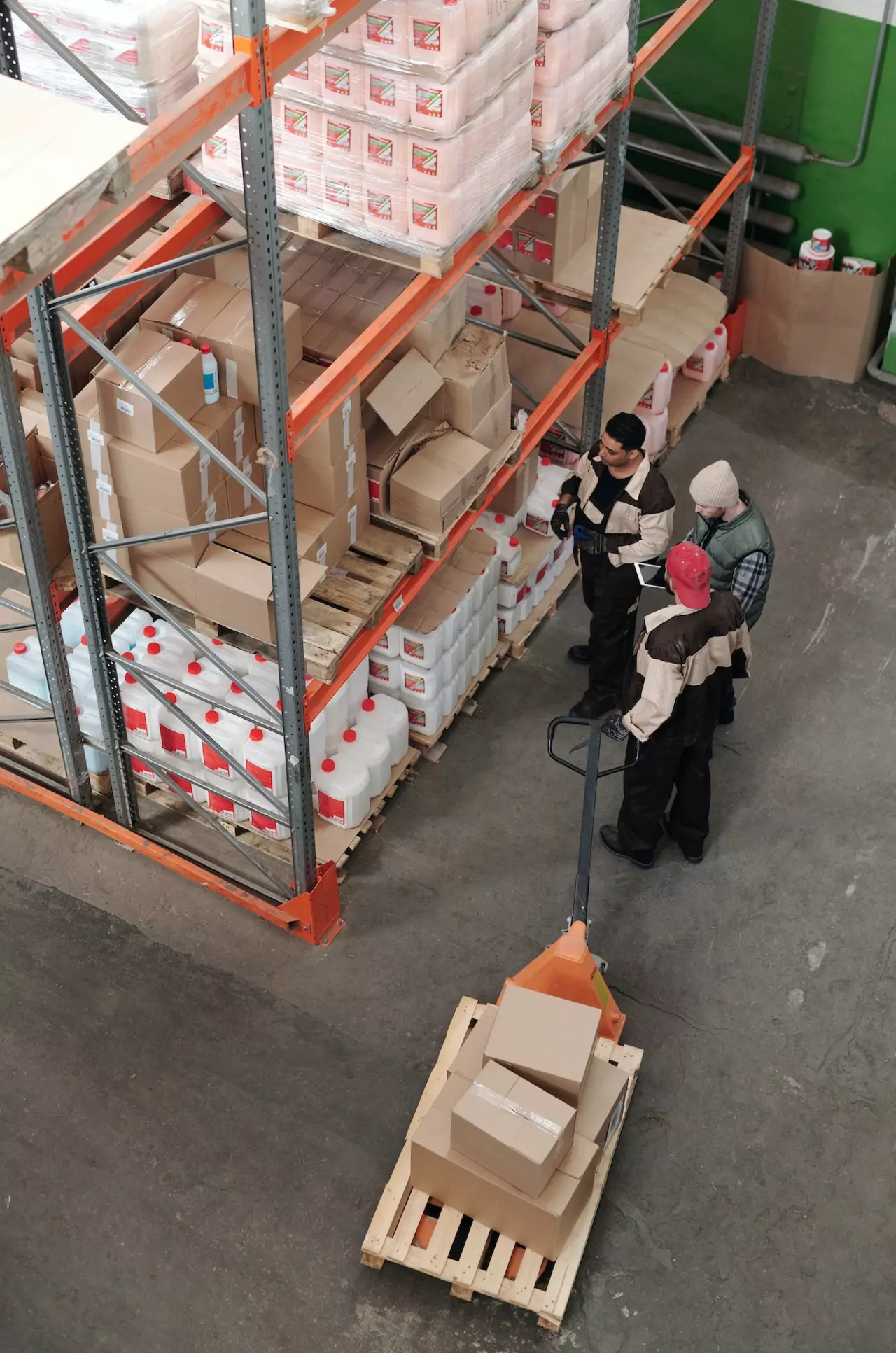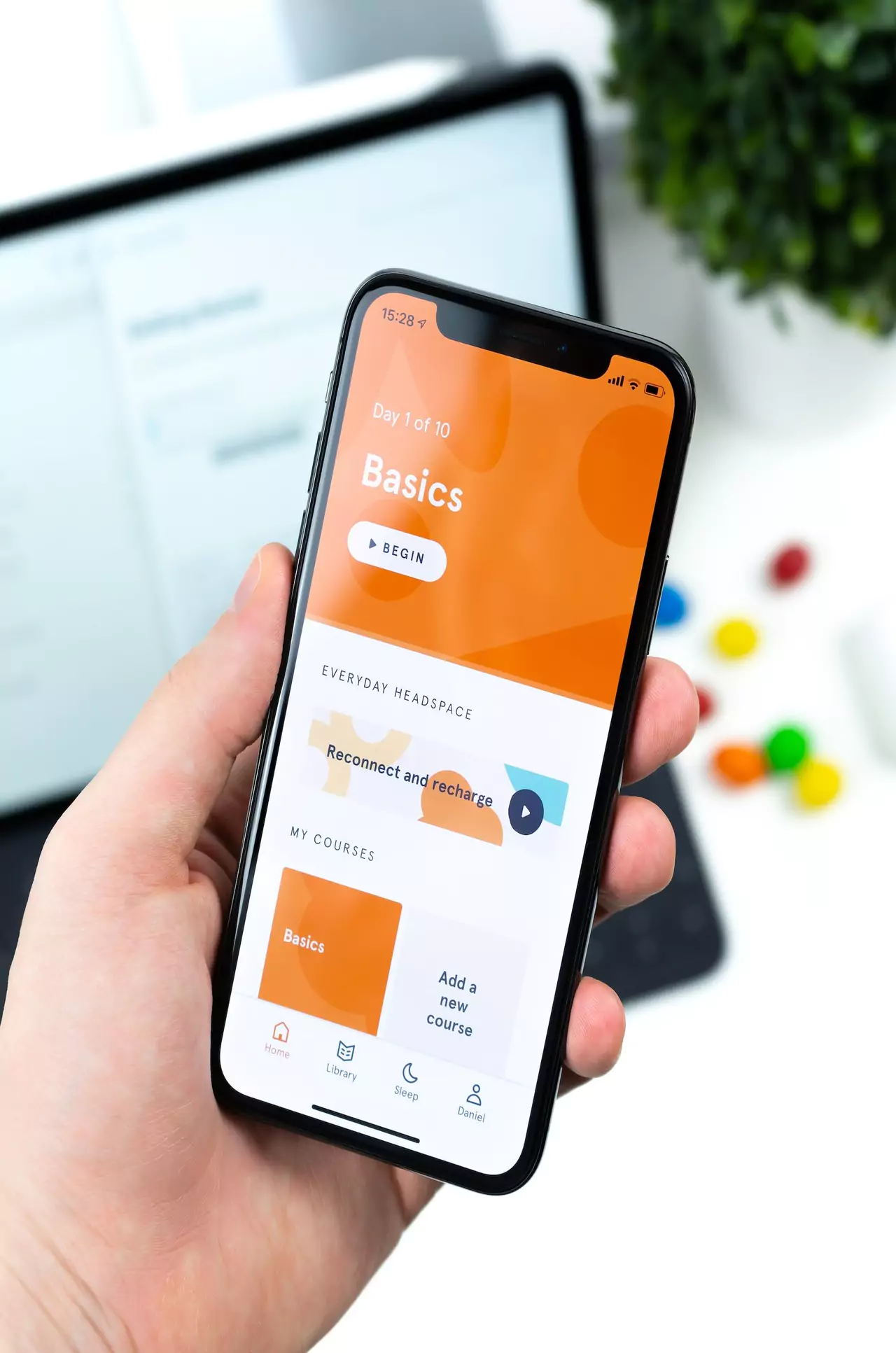Get Support
+91 9123517774
Leaf Business Consulting Services
Cloud Computing
Cloud computing is a huge, highly scalable deployment of compute and storage resources at one of several distributed global locations (regions). Cloud providers also incorporate an assortment of prepackaged services for IoT operations, making the cloud a preferred centralized platform for IoT deployments.
But even though cloud computing offers far more than enough resources and services to tackle complex analytic, the closest regional cloud facility can still be hundreds of miles from the point where data is collected, and connections rely on the same temperamental internet connectivity that supports traditional data centers. In practice, cloud computing is an alternative -- or sometimes a complement -- to traditional data centers.
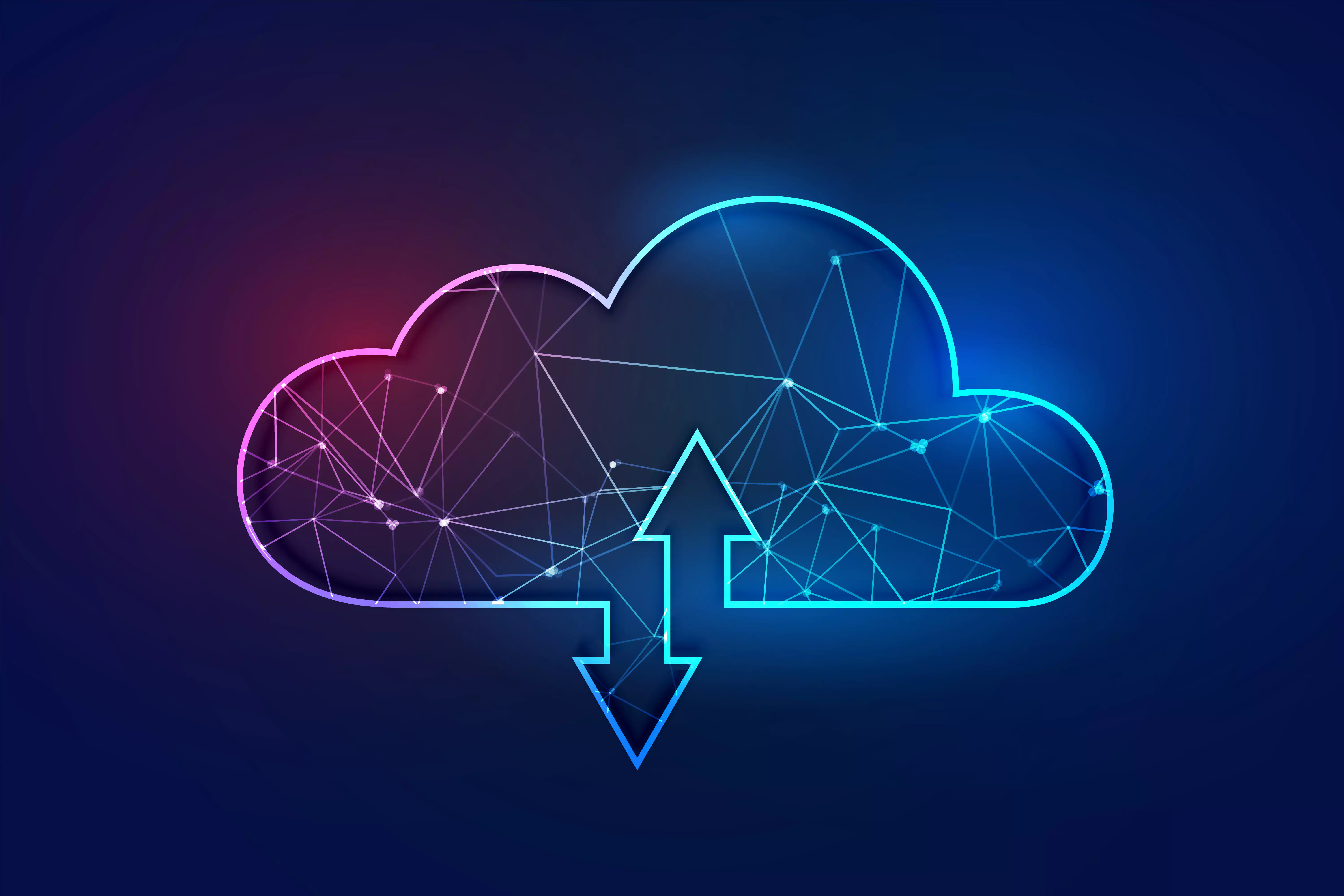
Leaf Business Consulting Services
Edge Computing
Edge computing refers to a distributed information technology (IT) design in which client data is processed as near to the actual author as is practical at the network's edge. The placement of computer and storage resources to the site where data is generated is known as edge computing. In a perfect situation, this places computing and storage close to the data source at the network edge.
The lifeblood of contemporary business is data, which offers invaluable business insight and supports real-time control over crucial corporate operations. The quantity of data that can be regularly collected from sensors and IoT devices working in real time from remote places and difficult operating environments is huge, and it is available to organizations today practically anywhere in the world.

Cases of Cloud and Edge Computing
01.
Backup as a Service (BaaS)
Developers can outsource the back-end operations of their mobile or web applications using the cloud service technology known as Baas. Baas facilitates proper and smooth front-end management and gives users a better experience. It can spare a company from the economic damage brought on by losing all the data. Automated backups and upgrades eliminate the need for manually archiving, tagging, and tracking data.
02.
Infrastructure as a Service (IaaS)
IaaS (or HaaS) is used by companies with pre-existing infrastructure to outsource resources like servers, processors, networking, storage, and virtual machines. They frequently use pay-as-you-go cloud IaaS services. By computing and storing everything in one location, it eliminates the managerial layers and is one of the most popular use cases for cloud computing.
03.
Hybrid Cloud & Multicloud
Even though both terms are interchangeable, hybrid refers to two or more different types of clouds, and multi-cloud refers to multiple networks of the same type of cloud. Businesses must decide between the public, private, and hybrid cloud options in regard to a cloud service provider. MNCs and reputable firms prefer private or hybrid clouds, while small businesses often use the public cloud. Multicloud refers to the usage of a variety of the same kind of clouds together, depending on the situation. is when different numbers of the same kind of clouds are utilised together, depending on the need.
04.
Big Data Analytics
Any business's main task is to analyse consumer behaviour. Powerhouses like Meta and Amazon have already set the path in the field of big data analytics. The consumer preferences, patterns, trends, and likes are recorded and sorted through. Cloud computing creates a platform that can handle huge amounts of information and greatly simplify its processing.
05.
Manufacturing
Edge computing was implemented by an industrial producer to monitor manufacturing, enabling real-time analytic and machine learning at the edge to identify production faults and raise product quality. Environmental monitors were added to the manufacturing facility with the help of edge computing, giving information on how each product component is put together and stored, as well as how long the components are kept in stock.
06.
Network optimization
By monitoring user performance across the internet and using analytic to identify the most dependable, low-latency network path for each user's data, edge computing can help in the improvement of network performance. In actuality, edge computing is employed to "steer" traffic across the network for the best performance of time-sensitive traffic.
07.
healthcare
The amount of patient data collected via devices, sensors, and other medical equipment has significantly increased in the healthcare sector. In order for physicians to respond immediately to help patients prevent health incidents in real time, the huge data volume requires edge computing to apply automation and machine learning to access the data, disregard "normal" data, and identify problem data.
08.
Retail
From monitoring, stock management, sales data, and other real-time business information, retail enterprises can also generate huge amounts of data. Edge computing can help in the analysis of this variety of data and the discovery of business prospects, such as a successful end cap or campaign, the planning of sales, the optimization of supplier ordering, and so forth. Edge computing can be a practical solution for local processing at each store because retail enterprises might differ greatly in local contexts.



